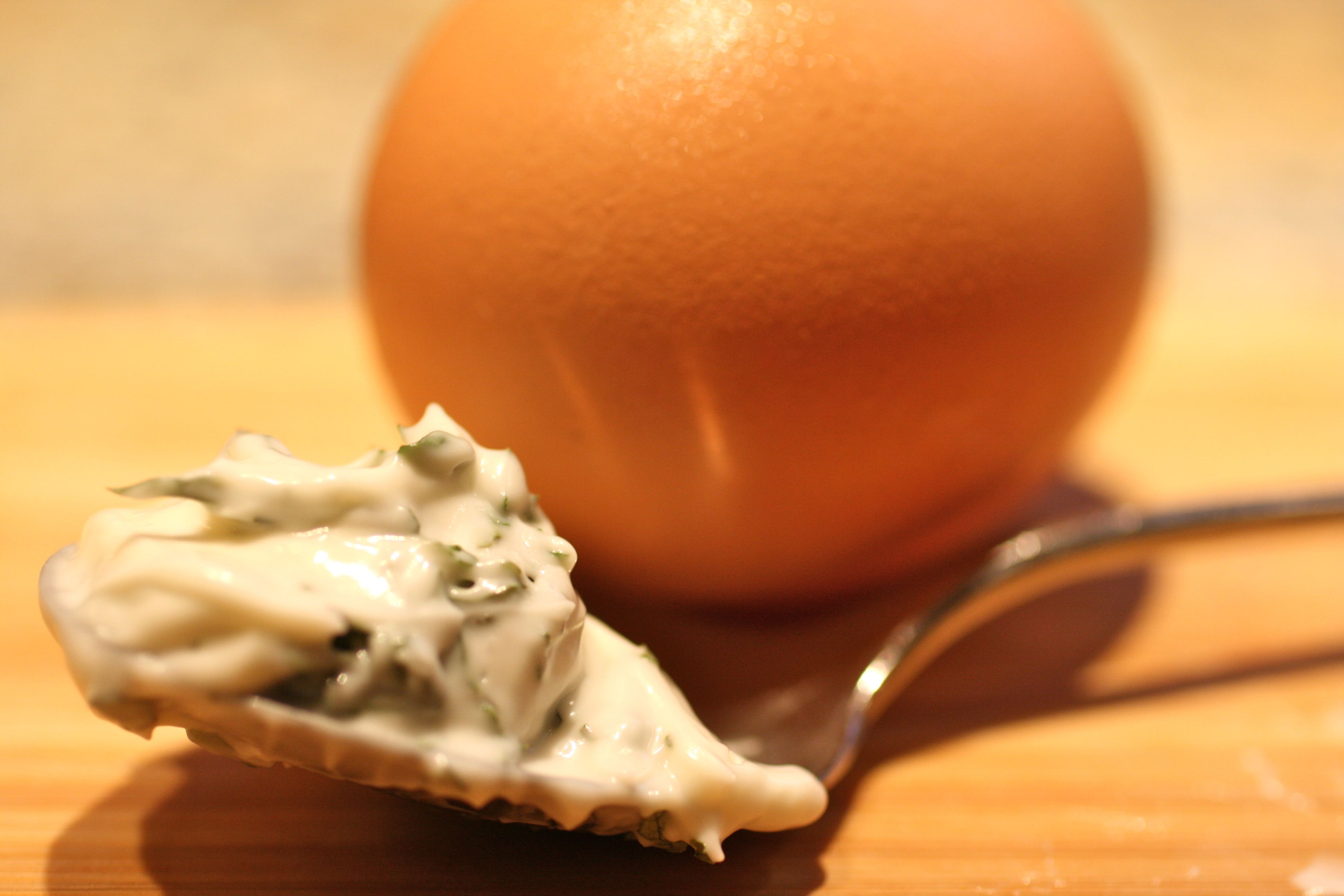With cookout season in full swing, we are reminded of many old-time favorite traditions that summer brings. Fireworks over water at dusk, colorful parades marching down hometown streets, large slices of juicy pink watermelon and a spread of barbecued goodies on a checkered tablecloth. This season, revel in the dynamic tastes of your favorite traditional foods with a fresh flair by decorating them in delicious and wholesome homemade condiments.
Condemned Condiments?
When you say the phrase “healthy foods” many people think that this means bland, boring and dry. It’s sadly true: many nutritionally-aware folks mistakenly shy away from all condiments, thinking that the addition of anything to their meals will compromise raw integrity. This conventional rhetoric is partially justified in that commercial prepared condiments are mass-heated, ultra pasteurized and altered in harsh methods that denature any possible beneficial nutrient content. What’s more, in place of the delicate natural flavors of correctly treated foods, bottles of condiments contain neurotoxic additives, sugar-based preservatives, high fructose corn syrup, hydrolyzed vegetable proteins and MSG for palatability. Noted as “spices” or “natural flavors” in tiny black print on the labels, these sneaky perpetrators can be difficult to identify and are certainly harmful when smeared all over a plate of beautiful organic food. But when the going gets tough, it's simply time to use a bit of ingenuity and take things into our own hands. Carefully prepared homemade condiments can provide vital nutrients, healthy fats and enzymatic content to enhance the taste and digestibility of a meal. What's more, they are more flavorful than whatever you can squeeze out of shiny plastic bottles and are sure to impress your guests.
There are many ways to make your own sauces and condiments, but some prove more beneficial than others. In Nourishing Traditions you will find a large collection of fantastic recipes for carefully crafted, fermented and rich additions to your meals. Be sure to experiment with the ones that you like best, and be daring in your quest for ideal flavor. The recipes we are sharing today are adapted from The Naked Foods Cookbook. Bear in mind if you are adding whey, that it takes 2 days for ketchup to culture, and 7 hours for mayonnaise to culture. As always, quality, raw ingredients ensure a rich complement of enzymes and probiotics, making your condiments nutrient-dense foods packed with flavor, while aiding your digestion!
Spiced Ketchup
1 small onion, chopped fine
1/2 teaspoon ground cumin
1/4 teaspoon ground cloves
1/4 tsp mustard powder
1/2 cup filtered water
pinch of celtic sea salt
4 diced tomatoes (or 28 ounce can drained)
1 (6 ounce) can tomato paste
2 tablespoons unsulphured blackstrap molasses
2 tablespoons apple cider vinegar
1/4 cup homemade whey
In a medium skillet, add onions, filtered water, cumin, cloves, mustard powder, and sea salt. Saute for 2-4 minutes until onions are translucent. Remove from heat and add to a blender along with remaining ingredients. Blend until smooth.
Pour ketchup into jars, leaving an inch of space to the top of the jar. Cover and let stand at room temperature for 2 days to culture, then store in refrigerator. Fermented ketchup will keep for several months refrigerated.
Refreshing Parsley Mayonnaise
1 whole egg
1 egg yolk

1 tablespoon lemon juice
1/2 tsp mustard powder
1/2 cup extra virgin olive oil blended with 1/2 cup expeller-expressed sunflower oil
pinch celtic sea salt
1 tablespoon homemade whey (optional)
1/3 cup fresh chopped parsley (optional)
1 clove garlic (optional)
1/2 tsp white pepper (optional)
Add egg (at room temperature), lemon juice, whey, mustard, parsley, garlic and pepper to a food processor. Turn on and let run for 2-3 minutes until the mixture becomes somewhat “frothy.” Add about 1/2 of the oil slowly (drop by drop if your food processor has this feature) so that the oil emulsifies. Add the other 1/2 oil and continue to run the processor until the entire mixture has thickened. Spice and vary the mixture for your favorite taste: curry, basil, oregano, thyme and cayenne pepper all develop into great flavors depending on the meal.
If you have added whey, pour mayonnaise into a glass jar and let stand at room temperature for 7 hours. Your homemade mayonnaise will keep refrigerated for several months, and it will thicken over that time. If you did not add whey, pour into a glass jar and refrigerate. Your mayonnaise will keep refrigerated for approximately 2 weeks.
